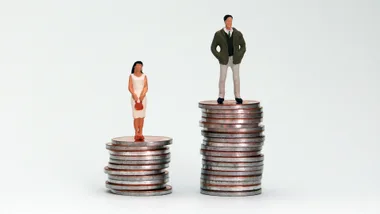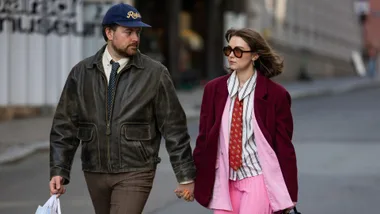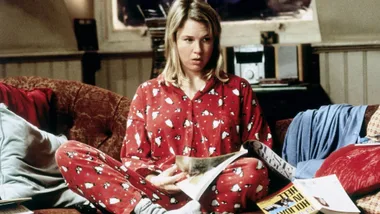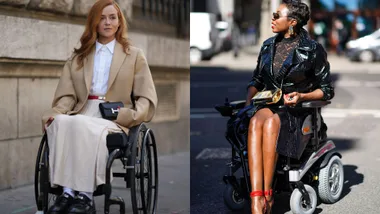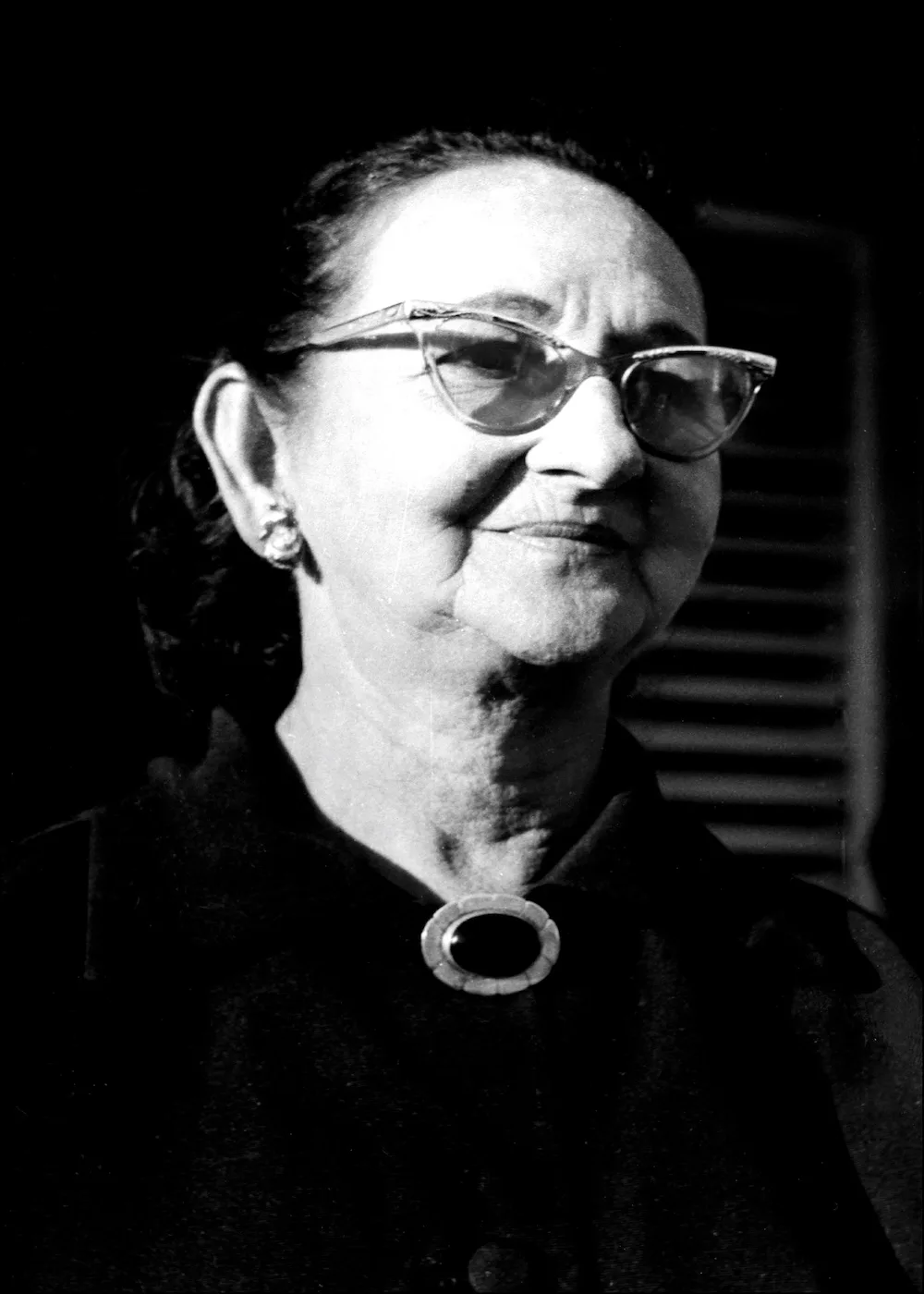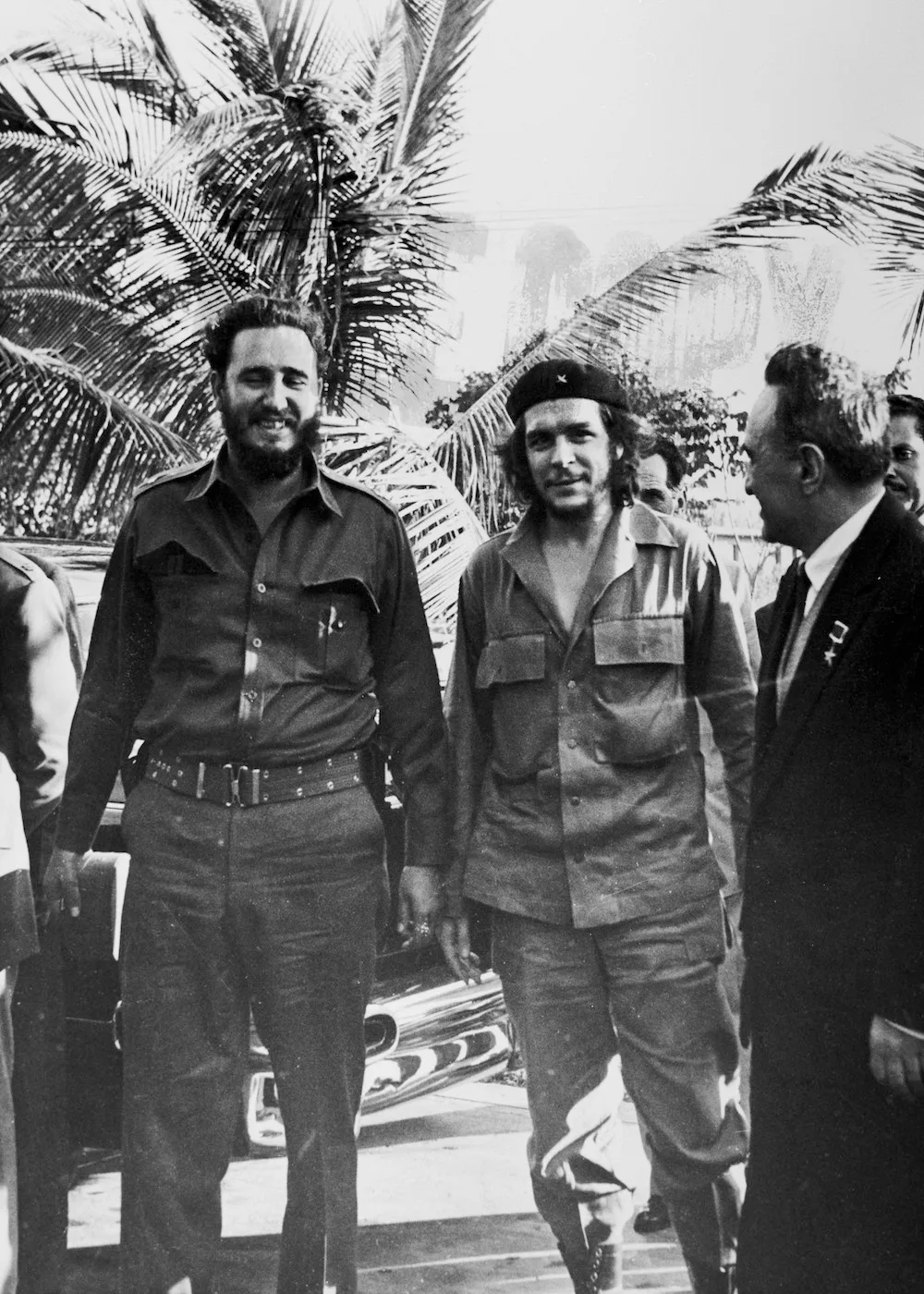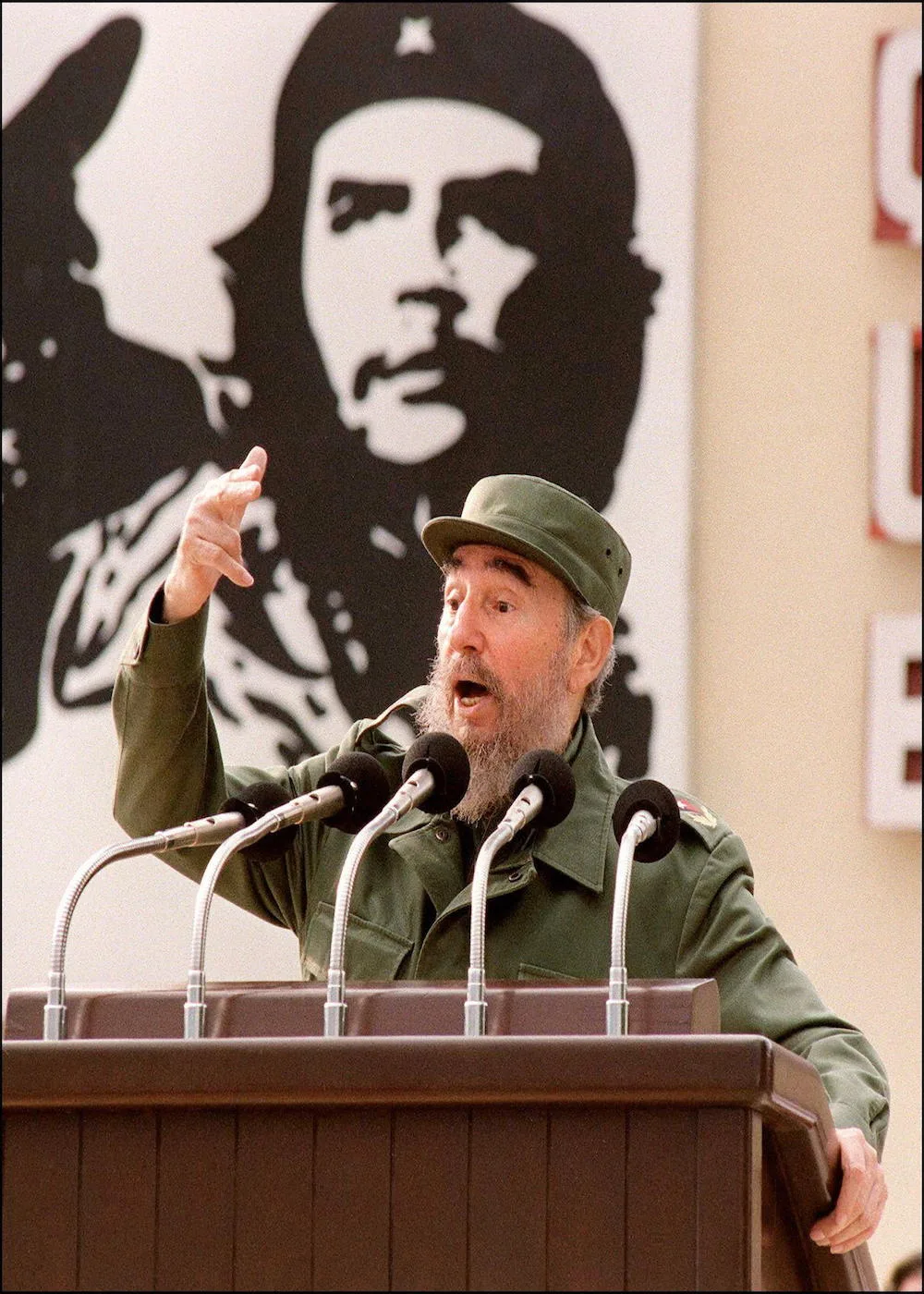He changed the face of the Caribbean island forever and stood fast against both US assassination attempts and sanctions. Delve into the life of one of the world’s most infamous leaders.
Church bells rang out as the group of bearded men, rifles in hand and heads held high, marched through the streets of Havana. Dressed in green army uniforms, the proud procession snaked its way among the cheering crowd. In front, perched on a tank, a handsome young man with a cigar in his mouth waved and smiled as women wept and children shouted. Suddenly, a flock of white doves was released and people stared in awe as one of the snowy-white birds flew down from the clouds and landed on the leader’s shoulder. The messiah had arrived.
When Fidel Castro liberated Cuba from dictator General Fulgencio Batista on New Year’s Day in 1959, the revolutionary hero was greeted with adulation and hope by its people. For too long their island had been a decadent playground for Americans, who splashed their cash in the mafia-controlled casinos and brothels, as corrupt authorities looked the other way. While rich Yankees drank mojitos and drove around in their sleek new cars, the Cuban people lived in poverty and fear, their homes crumbling around them.
Castro vowed to release the American stranglehold on his country, bringing unity, independence and a sense of national identity back to the people. How could they have known that the price of this identity would be decades of hardship? When Castro showed his true colours as a communist, and the elections he promised never took place, the US retaliated with a trade embargo that saw Cuba’s economy buckle and food shortages and blackouts become a part of daily life. Forced to become heavily dependent on Russian aid, the island sank further into poverty when the Soviet Union collapsed in 1991.

Far from the utopian society they had been expecting, those who dared to speak out against “El Barbudo” (“The Bearded One”) were thrown in prison, and thousands of disillusioned Cubans tried to flee their homeland, hundreds drowning on the 145km ocean journey to the sanctuary of Florida. But despite the sanctions and subsequent assassination attempts, nearly 50 years later, Castro remains in power, becoming one of the world’s most infamous leaders in the process.
Like his co-revolutionary, Ernesto “Che” Guevara, the 80-year-old dictator’s image is instantly recognisable around the world. Dressed in military fatigues, his stocky physique has often been put down to protecttive body armour – which he denies wearing – but the truth is food-lover Castro has always struggled with his weight, once finishing off a Sunday lunch with 18 scoops of ice-cream.
He was a habitual cigar-smoker, but quit in his 50s, and has reputedly given up his fondness for fine wines and whisky to become a teetotaller. A charismatic orator, he’s renowned for his lengthy speeches – one lasted a record-breaking 12 hours – but his encounters with women were briefer, with several lovers claiming “The Horse” didn’t even remove his boots during lovemaking.
He married twice and fathered eight children, two of them illegitimate, yet his real passion was always the revolution. Born on August 13, 1927, in Birán, on Cuba’s south-east coast, Fidel Alejandro Castro Ruz (he added the Alejandro himself, in homage to Alexander The Great) grew up on a farm with his parents, Lina and Ángel, a wealthy landowner, and his six siblings. At school, he was already displaying a rebellions nature, organising protests over school dinners and fighting with other boys.
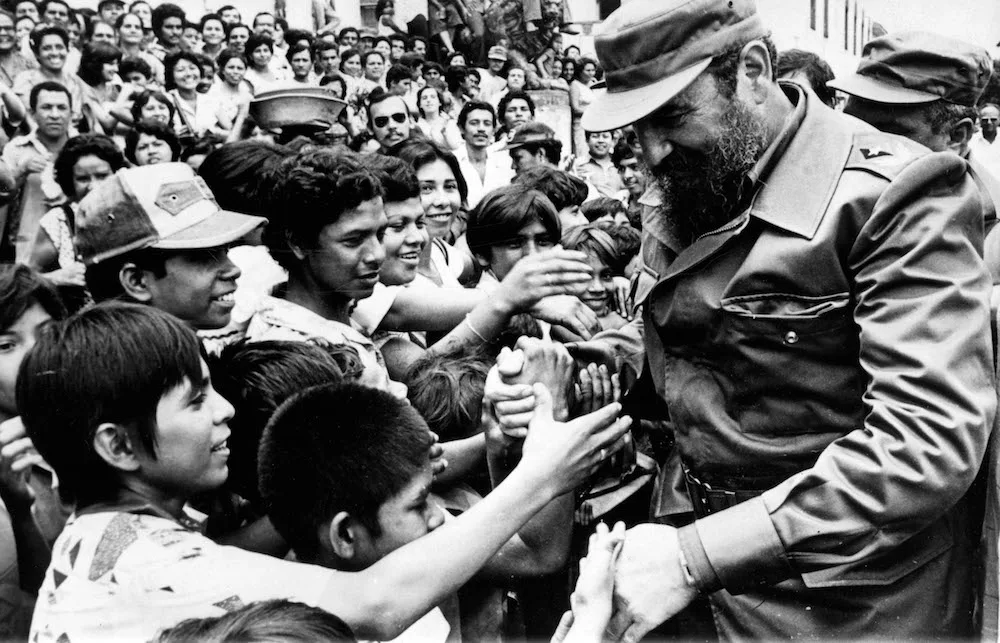
He liked to get his own way and, at 14, persuaded his father to get him a forged birth certificate so he could go to a prestigious college in Havana, even though he was a year too young to enrol. (Ever since, Castro has maintained he was born in 1926.) It wasn’t until Castro, aged 18, went to Havana University to study law that his political ambitions were stirred. At that time, the university was a dangerous place run by rival groups working for a corrupt government headed by President Carlos Prío, and Castro discovered “an environment of force, fear and guns”.
Soon, he too became embroiled in the violent culture, allegedly masterminding the assassination of one group member, and himself becoming the target of death threats. Undeterred, he continued to speak out about government corruption and police brutality. Politics became his greatest passion, but there was one other love in his life – philosophy student Mirta Díaz- Balart, whom he married on October 12, 1948. A year later, their son Fidelito was born, but Castro’s priorities were elsewhere.
He worked as a human rights lawyer, giving his services for free to help the needy, while Mirta and Fidelito were left in their ramshackle home without money to pay for food or electricity. On March 10, 1952, General Fulgencio Batista seized power in a military coup and Castro – who was part of
the Ortodoxo Party, an organisation dedicated to exposing corruption and implementing reform – was so enraged he vowed to depose Batista.
Within a year, he’d recruited, trained and equipped a small army of men, including his brother Raúl, to overthrow the general. But the uprising went terribly wrong and many of the insurgents were killed or captured. Castro was arrested and sentenced to 15 years in prison, where he continued to direct operations, sending secret messages written in lemon juice, which could only be read when heated, to comrades and family on the outside.
“I am well,” he wrote to Mirta. “You know that prison bars cannot break my spirit, my determination, or my conscience …” Seventeen months later, in May 1955, he was released under an amnesty and wasted no time rebuilding his group of revolutionaries.
Now divorced from Mirta, who had incited Castro’s wrath by taking a job in the very government he was trying to overthrow, he turned his attention to a married lover, Naty Revuelta, who’d regularly written to Castro in prison and helped buy weapons. Their affair resulted in the birth of daughter Alina. On receiving death threats from political opponents, Castro fled to Mexico, where he started a relationship with political supporter Maria Laborde, who also bore him a son, Jorge.
There, he continued to train his ever-growing band of insurgents, which now included an enthusiastic new recruit from Argentina, Che Guevara. By the end of November 1956, the guerilla army was ready to strike – and strike they did, landing in Cuba on December 2. It was an unmitigated disaster. By the time they reached Cuba’s coastline, the authorities were waiting for them and the men fled for their lives.
“If surviving an assassination attempts were an Olympic event I would win the gold medal.
Castro headed for the rugged mountains of the Sierra Maestra where determined not to be taken alive, he slept with a loaded rifle pointing at his chin. For the next two years, this inhospitable terrain would be Castro’s home as gradually the men who had evaded capture, among them Raúl and Che, regrouped and were joined by new recruits. Every day, Castro rose at dawn and, after a cigar and strong black coffee, drilled his troops.
In a masterstroke of public relations, he initiated an interview with The New York Times, who reported Castro was “quite a man – a powerful six-footer, olive-skinned, full- faced, with a straggly beard”, and had “strong ideas of liberty, democracy, social justice … The personality of the man is overpowering”.
When copies of the newspaper appeared in Cuba, censorship failed to stop word spreading, and soon
thousands of disaffected Cubans were hailing Castro as an iconic hero. Now desperate to crush the rebel army, Batista countered by sending 10,000 soldiers, along with US-supplied aircraft and equipment, into the Sierra Maestra. Despite their numbers, the invaders were outfoxed by Castro’s men, whose knowledge of the mountains allowed them to lay mines and prepare ambushes.
Castro, meanwhile, was furious with the US’s involvement, declaring, “I swore to myself that the Americans would pay dearly for what they were doing. When this war is over, a much wider and bigger war will begin for me: the war that I am going to wage against them. I know that this is my real destiny.”
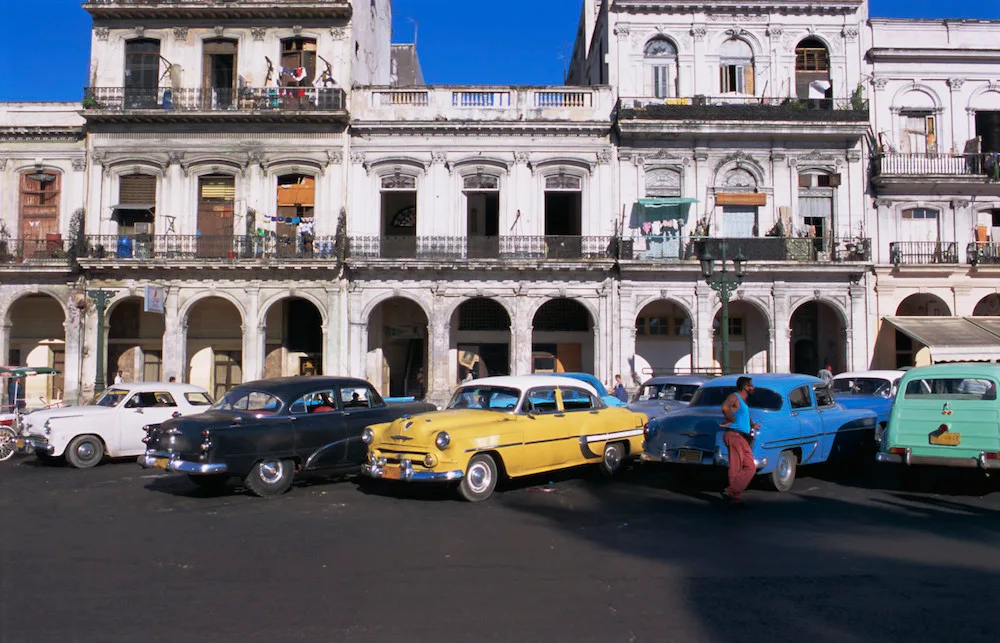
On January 1, 1959, revolutionary forces took control of Havana, while Batista fled to the Dominican Republic. With the general’s army depleted, the revolution was swift, simple and bloodless. As news of Batista’s demise filtered through the streets of the capital, joyful Cubans greeted the arrival of Castro and his men with almost religious fervour.
“He has saved us!” cried one grateful woman. “He has liberated us from a monster and from gangsters and assassins.” Castro now found himself in the position of having to run the country he had just liberated. The only problem was, he had no experience of government. Legend has it that Che Guevara got the job of governor of the national bank after Castro asked if anyone was “an economist” and Che raised his hand, believing Castro needed “a communist”. Despite the chaos, change was immediate – wages were raised, rents lowered, schools and hospitals built, and everyone given free health care.
A night owl, Castro often worked into the early hours, snatching a few hours sleep before presiding over one of his regular public meetings, where he would address the crowd for hours. He was a stickler for detail, his photographic memory legendary; he’d often implement a new policy after reading a technical journal on the subject, but according to Servando González, a Cuban army officer and author of The Secret Fidel Castro: Deconstructing The Symbol, Castro’s skill showed a more sinister side. “I don’t think you can explain these strange, uncanny abilities by charisma alone,” he claims. “Hitler had the same faculties, as did Charles Manson.” America was also unimpressed.
After the US imposed a trade embargo on the Caribbean nation in 1962, Castro turned to the Soviet Union for help. The CIA retaliated by hatching increasingly imaginative ways to assassinate the Russian-backed communist leader – recently immortalised in a British documentary called 638 Ways To Kill Castro.
.
It’s estimated there have been more than 600 attempts to assassinate Castro – ranging from poisoning his strawberry milkshake to placing an exploding seashell at one of his favourite diving spots. Even Castro’s ex-lover, Marita Lorenz, was enlisted to smuggle poison pills in a jar of cold cream. When Castro uncovered the plot, he gave her a gun and told her to kill him, but she couldn’t bring herself to do so. Castro even bought new underpants every day in case they had been chemically tampered with.
“If surviving assassination attempts were an Olympic event, I would win the gold medal,” he once commented wryly. Only one person was able to ensnare Castro – Dalia Soto del Valle, a teacher 20 years his junior. Together for many years, they secretly married while Castro was in his 40s, and had five sons – Alexis, Alexander, Alejandro, Antonio and Angel.
Living in a mansion in Havana, Castro dined on lobster and fine wines, and treated visiting luminaries to expensive cigars, while the rest of the population suffered hardship. With the trade embargo beginning to bite, factories, shops and restaurants were forced to close. When the Soviet Union disintegrated in the early ’90s, Cuba sank further to its knees, with bread rationed and basic commodities like soap and toothpaste disappearing from the state-run shops. The population was divided – for many, it was too much to bear, and thousands headed across the Florida Straits to America on home made rafts and truck tyres.

Those who stayed behind displayed an undying devotion to Castro, who rallied their support with cries of “ Patria o Muerte, Venceremos! ” (“Homeland or Death, We Shall Prevail!”). As for Castro, the leader lost none of his resolve, declaring, “If in these difficult times it occurred to me to resign, or propose that they find someone else to carry out my duties, they would say that I was the biggest traitor in the world.”
But the one thing that he can’t defy is time. With his health steadily failing and reportedly suffering from terminal cancer, on July 31, 2006, Castro temporarily ceded presidential power to his brother Raúl. Two months later, he issued a statement, saying, “We’re out of the woods, but don’t expect me to be walking around in my fatigues any time soon.” Officials also rescheduled the public celebration of Castro’s 80th birthday in August to December 2, to coincide with the 50th anniversary of the date his army began their rebellion. But even that date was optimistic and the “Grandfather of the Revolution” was missing from the festivities. He has not been seen in public since July 26, 2006, and on November 25, 2016 it was announced that he had passed away.
“I’m aware that I’m not eternal,” he once mused. “That doesn’t bother me at all. This revolution has been made, no-one can destroy it.”
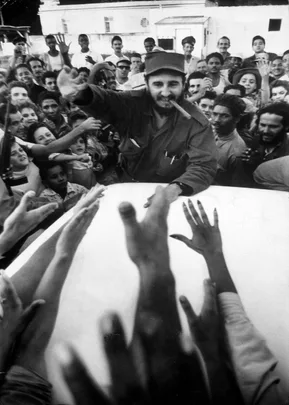 Getty
Getty



